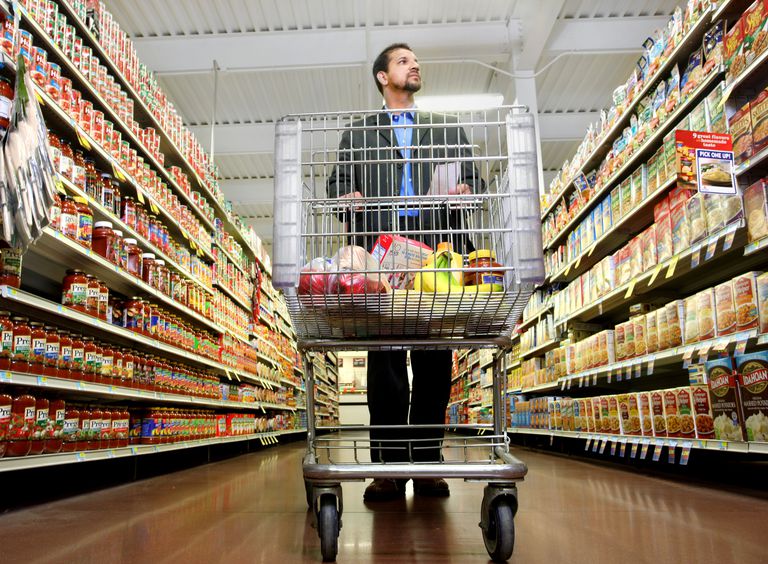
The point of purchase (POP) is where the consumer meets a product. This is where a shopper finally gets to interact with the actual item that can fulfill their need. At the point of purchase, consumers make a purchase decision based on packaging, pricing, impression, and more.
Regardless of where it is within the store, each item has a point of purchase display. While the POP does refer to a specific place within the store, that place is not consistent in terms of location within any given brick-and-mortar retailer nor on a product-by-product basis. A product’s POP can be on the shelf within an aisle of like-items, or it can be on a secondary display that’s been selected due to a high level of customer pass-through in that specific store. That’s where syndicated store data comes into play.
The POP is an area strategically chosen for product placement using insights sourced from syndicated store data. This is the place where it sits and waits for consumers to meander past, an area to place pricing, special deals, and other related promotions. A consumer cannot actually buy a product at a Point of Purchase Display. At “The First Moment of Truth,” a shopper handles the product and decides whether or not they want to buy it.
To complete the transaction, a customer must go to the Point of Sale.
Point of Sale: The Tangible Transaction
The point of sale (POS) is the leg of a customer journey in which consideration actually becomes a sale. To complete the transaction, a shopper must visit the store’s POS. Here, POS software allows a merchant to calculate the amount owed by a customer, indicate that amount, prepare an invoice for the customer, and collect payment from the customer.
Even the most rudimentary CPG businesses have become familiar with some form of POS software. While today software can take the form of iPads or cellphones with credit card readers, systems in most grocery stores still resemble traditional cash registers. There, a shopper places their items on a conveyor belt to be scanned by a cashier, physically making the sale they’ve already mentally made the buying decision for at the POP.
Unlike the POP, the POS is just a physical action, not a thought process. However, there are still insights to be learned from the POS. POS syndicated data measures how many units of product have been sold, which is a best seller, which products have been exchanged or returned, and so on.
POP or POS?
As a grocery brand, POP and POS data are both important for understanding consumer behavior, product performance, revenue optimization, and more. However, the main difference between the two is timeliness. While POS data can reveal which products are selling in which stores, how fast, and for what price, they reveal little about the shopper’s intent – and are typically pretty late.
POS data is typically available from syndicated data providers every 15 to 30 days. This means that a brand reviewing these insights has a retroactive view of the marketplace, looking at transactions that were completed up to 4 weeks prior. POP insights, on the other hand, paint a picture of how products are performing on the shelves right now.
POP data measures real-time pricing and promotion of products. It discerns what the price point is for competitive products in designated markets, and when the best time is to place products on sale. It also tracks the current promotional and base pricing of an item, allowing you to keep your finger on the pulse of what’s happening right now at grocery stores.
POP data is what is shaping the look and function of grocery shelves today. In our next post, we’ll take a look at how these insights can be used to map out where your product will live at the grocery store.